In July 2017, Tesla Inc. CEO Elon Musk predicted that the company would produce 20,000 Model 3 sedans by December.
Stating that Tesla fell well short of expectations is a huge understatement.
On Jan. 3, the Palo Alto, Calif.-based company announced it had produced only 2,425 Model 3 vehicles and delivered 1,550 of them.
In addition, Tesla pushed back its production target of 5,000 Model 3 vehicles per week—again—to the end of June 2018, merely two months after it pushed back the production target the first time, to the end of the March 2018.
At $35,000 each, the Model 3 is Tesla’s lowest-priced model, which Musk hopes will propel the company from a niche luxury player to a mainstream automaker delivering electric cars to the masses.
At the onset of Model 3’s announcement in 2016, Tesla said almost 400,000 prospective buyers had put down the $1,000 in deposit to secure their orders.
But issues surfaced not long after the first batch of Model 3s rolled off the production line in the fall of 2017. Marred by manufacturing delays at its assembly factory in California and its battery plant in Nevada, Tesla delayed its production goals not once, but twice, leaving investors, Wall Street analysts, and customers puzzled and disappointed.
Stock Price Barely Affected
Once again, Tesla’s stock barely fell on the disappointing news. Its shares briefly dipped in morning trading on Jan. 4, but recovered shortly afterward. Tesla’s stock was up 1.7 percent as of Jan. 5 close. Its stock was up around 48 percent over the last 12 months.But Tesla’s sterling stock performance cannot last if the company continues to miss deadlines and fail to meet its expectations.
At this burn rate, Tesla only has enough cash to operate through 2018 before it needs to raise additional financing.
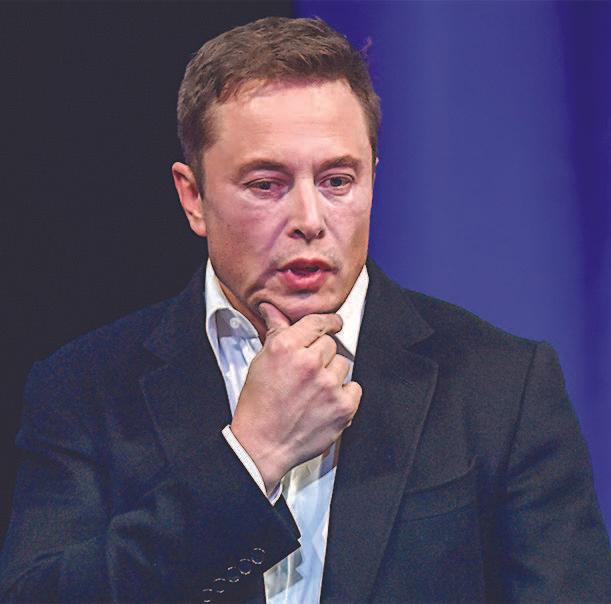
Patience Not Boundless
But Tesla has never been about tangible, current production figures. For Musk and his customers, it’s all about the future. Tesla has always preached that once Model 3 production ramps up to 5,000 per week, the company would “generate significant cash flows from operating activities,” according to its third-quarter 2017 update to investors.This will be a critical year for Tesla. And getting Model 3s out the door matters, as otherwise that future may never arrive. It matters for Tesla’s liquidity and, more importantly, for confidence from customers and investors.
If Tesla continues to push back production targets for the Model 3, Musk risks becoming the boy who cried wolf. Prospective buyers may withdraw. Competitors may smell blood in the water.
For the hundreds of thousands of prospective customers who placed $1,000 deposits and waited months, if not years, their patience is not without limit.
In an online forum on Model3OwnersClub.com, some prospective owners on the waiting list have vented their frustrations.
“How do you think this makes those of us feel who have close to half a million people in line before us,” one depositor lamented.
“I can’t take this much failure anymore,” commented another.
While Tesla is mired in its self-proclaimed “production hell,” its competitors have been ramping up the pressure.
Short-Term Optimism
For Tesla investors and prospective customers, there is some recent good news. None of them will save Tesla in the long term if Model 3 fails to deliver, but they could extend the company’s lifeline in 2018.The final version of the Trump administration’s tax reform bill kept incentives for electric vehicles. For Tesla and other automakers selling electric vehicles, that brought a sigh of relief.
The credits, which reduce a customer’s federal tax liability by up to $7,500, are available for the first 200,000 electric vehicles a manufacturer delivers. Once that threshold is reached, the tax credit is reduced by 50 percent every six months until it phases out completely.
It’s a key incentive for electric car buyers. While it’s debatable whether everyone on the Model 3 waitlist would enjoy the tax credit given the phase-out process, it does help to prevent those already in line to purchase the car from leaving.
Investors can do the math, but if demand is anywhere near that for the Model 3, Musk could avoid the capital markets altogether in order to prop up Tesla’s liquidity.
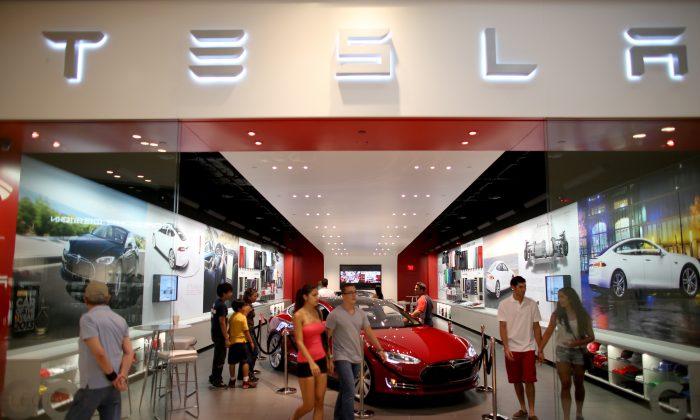


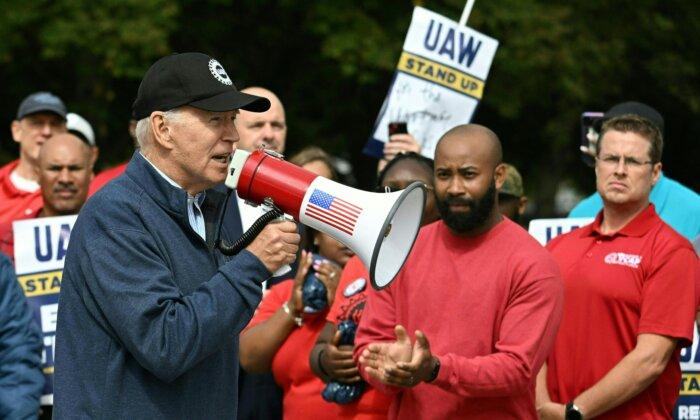
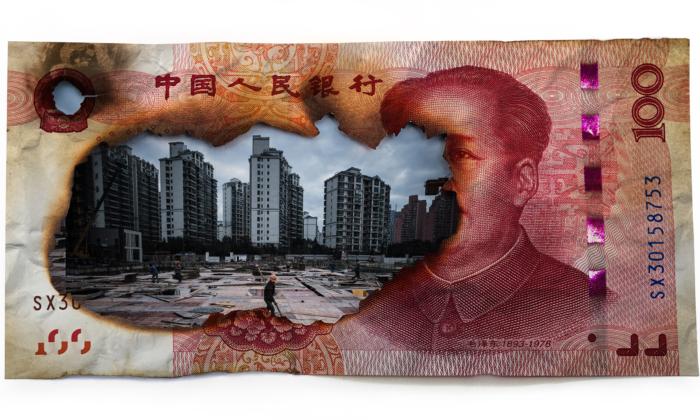
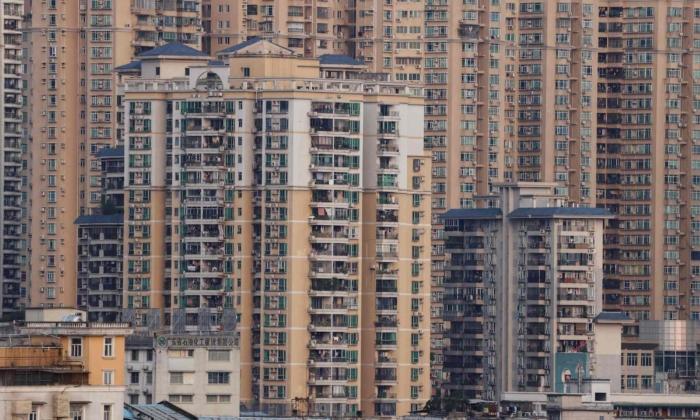
Friends Read Free